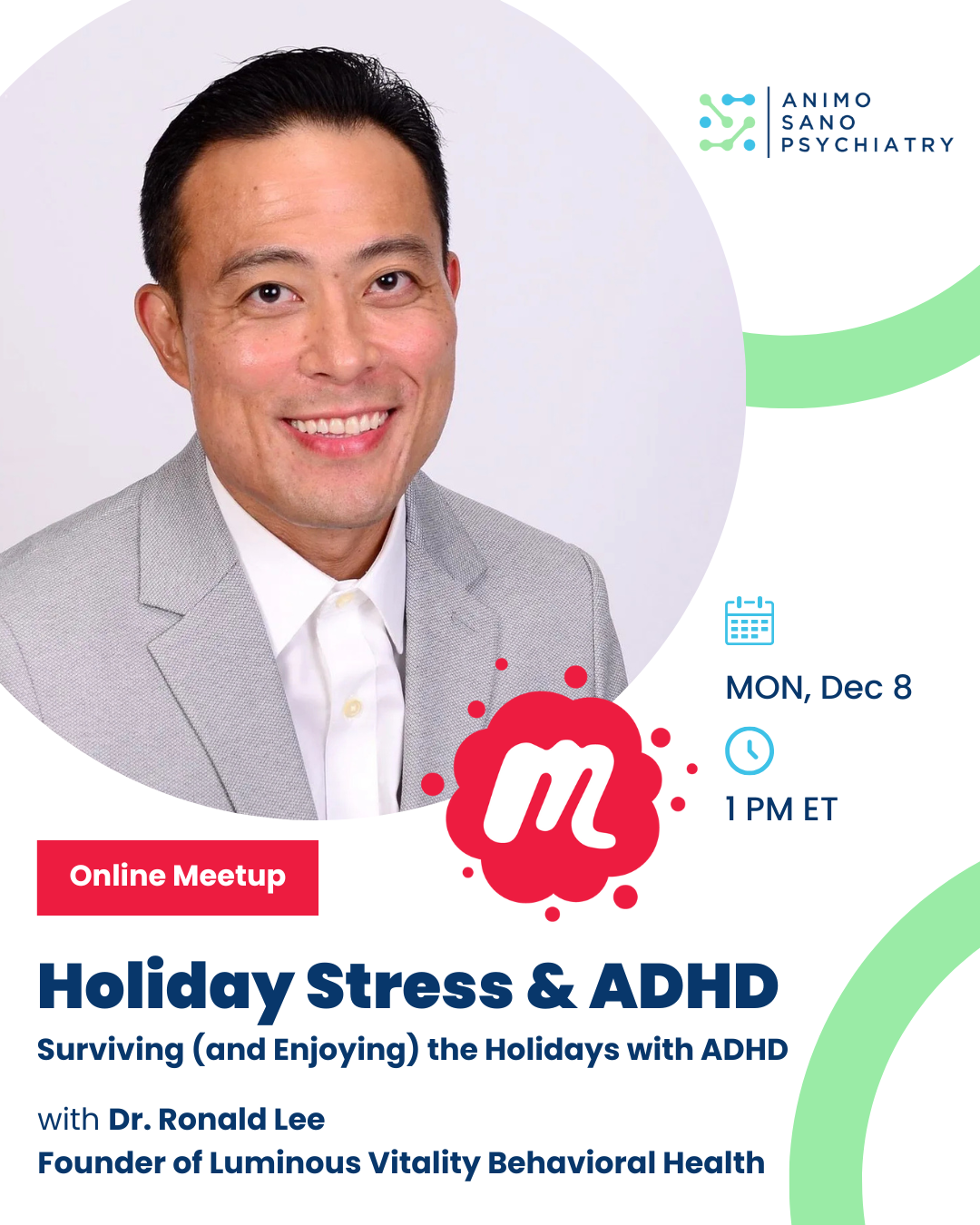
Attention-Deficit/Hyperactivity Disorder (ADHD) in men is often misunderstood. For some, it looks like constant restlessness or impulsive decisions that stir up problems at work or home. For others, it shows up more quietly—unfinished projects, disorganization, or the heavy guilt that comes with letting people down despite trying hard. Many men carry these patterns for years without realizing there’s a name for them. Recognizing ADHD for what it is can be the first step toward better support, healthier routines, and treatment that actually works.
What are the Causes of ADHD in Men?
ADHD isn’t caused by one thing. The current scientific picture describes ADHD as a strongly heritable neurodevelopmental condition shaped by genetics and neurobiology, with environmental and developmental factors acting alongside. Twin and family studies put ADHD heritability in the high range—the classic estimate is around three-quarters, meaning genetics explains a large portion of why ADHD runs in families.
Biologically, differences in brain circuits that use dopamine and norepinephrine—systems that regulate attention, motivation, and impulse control—are implicated. Early life factors (prenatal exposure to smoking/alcohol, low birth weight, some perinatal complications) and psychosocial stressors can increase risk or influence severity, but they do not “cause” ADHD in the same way genes do. Importantly, sex and gender shape how ADHD is noticed and diagnosed: cultural expectations, behavioral norms, and symptom expression all interact so that men are more likely to present with externalizing behaviors (hyperactivity, impulsivity) that get noticed earlier.

ADHD Symptoms In Men
Adult ADHD symptoms are grouped around inattention, hyperactivity/impulsivity, and the downstream effects those cause (poor time management, disorganization, emotional reactivity). Typical ways ADHD in men shows up include:
- Impulsivity: blurting comments, risky driving, interrupting, quick decisions without thinking through consequences.
- Hyperactivity / restlessness: feeling internally wound up, needing to move, trouble sitting through meetings.
- Attention and executive problems: chasing multiple tasks at once, missing details, losing things, chronic lateness.
- Emotional dysregulation: disproportionate frustration, quick irritation, or mood swings that feel hard to control.
- Functional fallout: trouble keeping jobs that require sustained organization, relationship strain, and lower satisfaction despite strong effort.
Research shows males often display more overt hyperactive-impulsive behaviors and slightly higher measured symptom severity on average, whereas females may show more internalizing patterns (inattention, anxiety, low self-esteem) that can be missed. But remember: these are group trends, not rules—any individual of any gender can have any mix of symptoms. A recent national estimate found that about 6.0% of U.S. adults reported a current ADHD diagnosis in 2023—roughly 15.5 million people—and about half of adults with ADHD received their diagnosis as an adult. That helps explain why many men first recognize symptoms later in life, often after a partner, child, or workplace problem forces the issue.
Why Men With ADHD Can Be Missed—And Why That Matters
Because male ADHD frequently shows as externalizing behaviors, it can be both over-and under-attended to in different contexts. Some men may be labeled simply “difficult” or “immature,” while others get early diagnoses. For men who develop coping strategies (hyper-focus on work, high activity to mask inattentiveness), symptoms may be invisible until life stress piles up—new parenting demands, higher job responsibility, or relationship strain.
Missed or late diagnosis has consequences: untreated ADHD increases the risk of comorbid problems, such as substance use disorders, mood and anxiety disorders, and higher rates of accidents and injuries. Medication and behavioral treatment have been shown to reduce some of these risks, including the likelihood of transport accidents in treated groups.
ADHD Treatment In Men
Managing ADHD in men usually means combining medical treatment with skills-based strategies and lifestyle changes. No two treatment plans look the same, but here are the main approaches backed by research:

- Medication: Stimulants like methylphenidate and amphetamine remain the most effective for reducing core ADHD symptoms. Non-stimulants such as atomoxetine or guanfacine can help when stimulants aren’t suitable. Long-acting options are often preferred for steady symptom control.
- Therapy and Skills Training: Cognitive Behavioral Therapy (CBT) adapted for ADHD helps with organization, time management, and emotional regulation. Structured coaching and practical tools (planners, reminders, habit-building systems) make daily functioning easier.
- Lifestyle Strategies: Regular exercise, high quality sleep, limiting alcohol or cannabis, and predictable routines all reduce symptom intensity. Small steps—like using timers or decluttering your workspace—often make a noticeable difference.
- Addressing Co-Occurring Issues: Many men with ADHD also face depression, anxiety, or substance use challenges. Integrated care that treats ADHD alongside these conditions tends to lead to the best outcomes.
Treatment is not about fixing who you are—it’s about giving your brain the tools and support it needs to work with you, not against you.
Final Thoughts
If you suspect ADHD, a thorough evaluation with a clinician experienced in adult ADHD is the best first step. That usually includes a clinical interview, symptom history (including childhood), and collateral information if possible.
ADHD in men often comes with frustration, identity questions, and damage to self-confidence. That does not mean you’re broken; it means you have a neurodevelopmental difference that we now know how to treat much more effectively than we could a generation ago. Whether through medication, therapy, practical coaching, or a combination, meaningful change is possible.
Responsibly edited by AI
Other Blog Posts in
Animo Sano Psychiatry is open for patients in North Carolina, Georgia and Tennessee. If you’d like to schedule an appointment, please contact us.
Get Access to Behavioral Health Care
Let’s take your first step towards. Press the button to get started. We’ll be back to you as soon as possible.ecovery, together.





